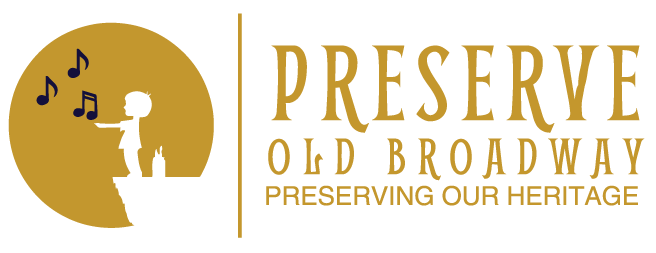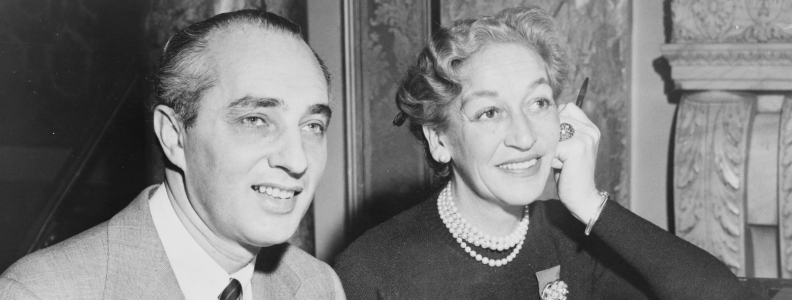Summary
In all of the Segments of this Section, we have been attempting to explain how philosophical concepts are embedded, either explicitly or implicitly, in a Broadway show. In short, this has been our attempt to explain the progression from small beginnings, over time, to the pinnacle of a form of art called the “book musical.”
If Show Boat ushered in the era of the book musical, the integration of story and music, then the greatest of the Broadway book musicals to come (musical theatre) would be primarily aimed at the story and supported by the songs. As Porgy and Bess was transformed from opera to musical, it became a more manageable story with music. As the ballet on Broadway became more of a “storytelling” art, ballets from On Your Toes to Finian’s Rainbow (1947.03) became integral to the story. The shift from “paper mache” characters to a focus on people we might know and care about was not accidental but intentional. Composers, lyricists and librettists chose to write shows that had more substance, a higher purpose, an ascending spirit; and, as time passed, the craftsmanship of the musical expression started to match the intent of the collaborators.
Thus, the musical was less and less devoted to material strivings and more and more dedicated to attaining a profound celebration of “the things not seen.”
If this is what the creative team was attempting to achieve, we can also examine this attempt from the standpoint of the audience. You, as a member of the audience, have to ask yourself: what did you feel; what experience did you go through? For a brief period of time, were your burdens lifted from your shoulders; were your sorrows staunched; was despondency converted into hope?
Thus, at the highest artistic levels of musical theatre, there still must be a symbiotic relationship between creators and audience: are the creators aspiring to rise to ever higher planes of expression; is the audience entering into the artistic experience and seeing a more profound level of beauty?
It is impossible for us to interview Richard Rodgers and Oscar Hammerstein II on the subject of profound beauty; however, it is possible to give you a glimpse into the collaborative art of movie-making. When commenting on the composer John Williams, Harrison Ford described Williams’ music as an example of “entertainment elevated to art.” George Lucas, the creator of Star Wars, suggested that Williams’ music raised Star Wars from a mere movie to “a popular art that would stand the test of time.”
J.J. Abrams, director of Episode VII in the Star Wars saga, stated that if one removes Williams’ score from any scene, it becomes unrecognizable. “Something is instantaneously and fundamentally gone, perhaps the soul of the piece.”
Steven Spielberg said this:
“Without his music, we do not wonder, we do not weep, we do not believe. John, you breathe belief into every film we have made; you take our movies, many of them about our most impossible dreams; and through your musical genius, you make them real and everlasting for billions and billions of people.”
Williams then turned the tables, as he discussed his joy in working with Lucas and Spielberg. Discussing his work with Lucas, he said:
“George Lucas, certainly a genius. You have given me the greatest opportunity and the broadest canvas to write themes for characters.”
With regard to Spielberg, he said that after seeing the director’s cut of Spielberg’s movie, Schindler’s List, Williams initially declined to write the score: “You need a better composer for this film.” According to Williams, Spielberg agreed and said sweetly: “I know. But they’re all dead.”
Our greatest composers have never been fully satisfied with what they have accomplished, never fully sure about the translation from internal to external sound. That translation is best addressed by Richard Rodgers in 1962 (No Strings), when he wrote the words “The sweetest sounds I’ll ever hear are still inside my head.”

